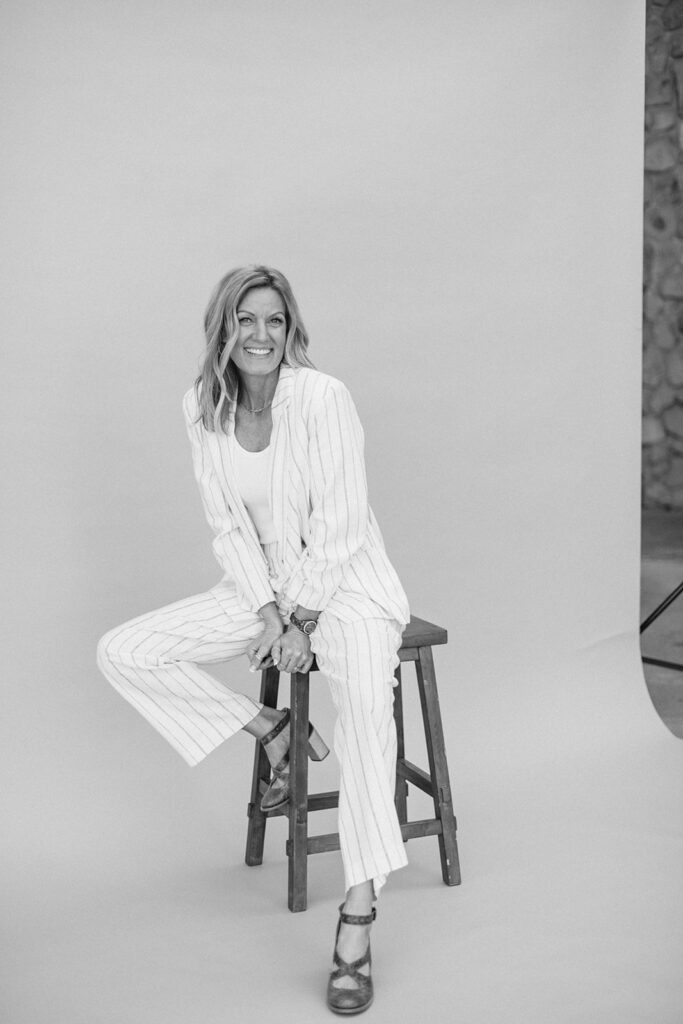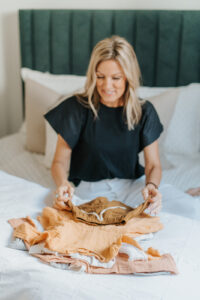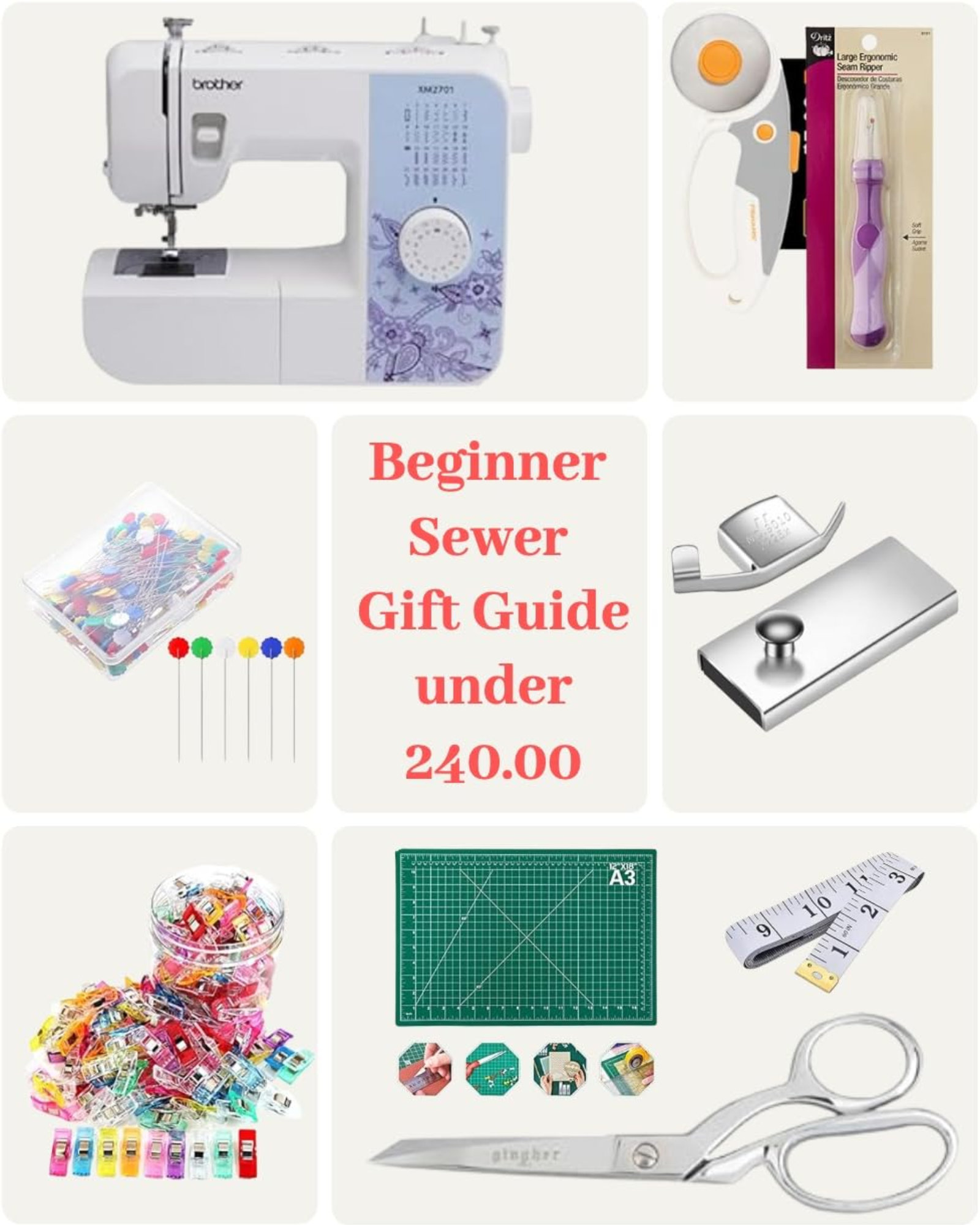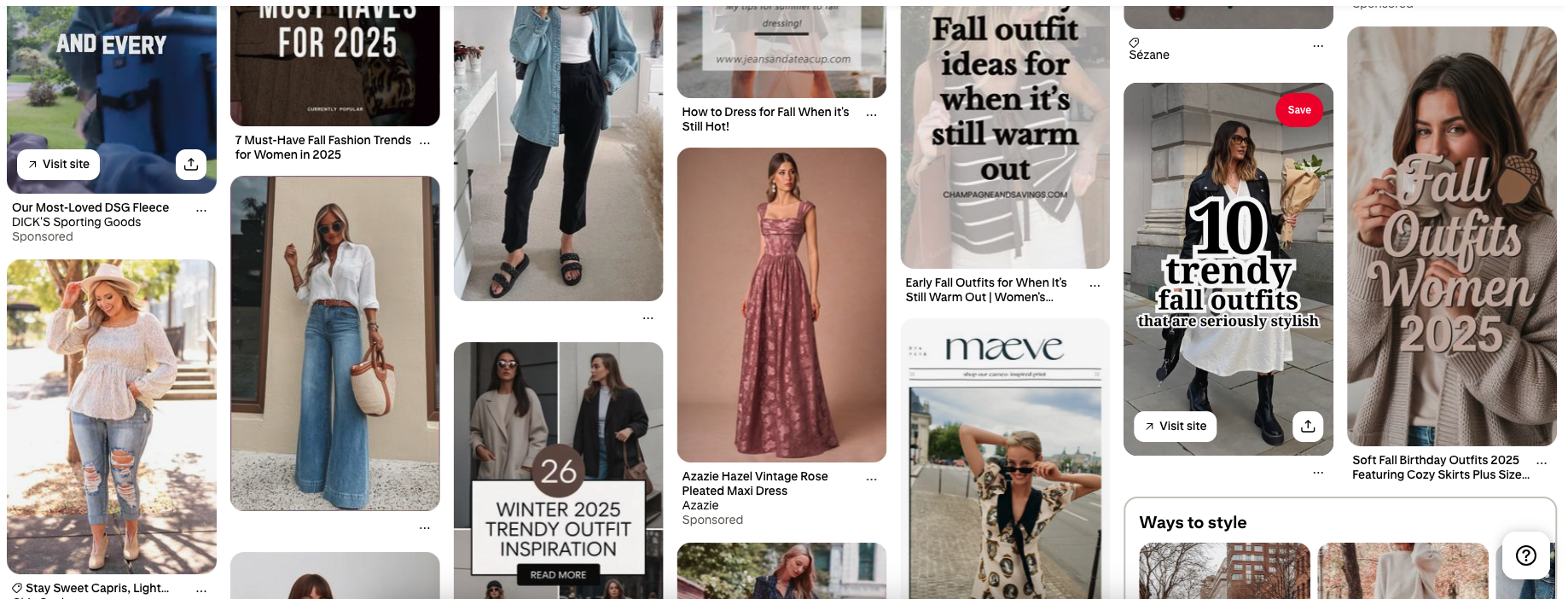Clothing Brand Business Model: 5 Common Sales Channels To Consider

One of the most important pillars of your clothing brand business model is sales – and more specifically, figuring out which avenue you’ll take to sell your products. With so many options – from direct-to-consumer sales to wholesale, art fairs, and online platforms – it’s easy to feel overwhelmed. So, where do you start? Which sales channel will be the most profitable for your brand?
I’ve sold through multiple channels and have learned firsthand what works and what doesn’t. In this post, I’ll walk you through the pros and cons of 5 different sales avenues, sharing lessons I picked up along the way. Whether you’re just starting out or looking to expand, understanding these options will help you make the right choice for your brand.
The 5 Common Sales Channels I’ll Be Breaking Down:
- Home Parties
- Direct-To-Consumer (DTC)
- Wholesale
- Art Fairs & Markets
- Influencers
First Step: Clarify Your Goals and Resources
Before diving into the specifics of each channel, ask yourself a few key questions:
- What kind of brand do you want to build?
- What budget are you working with?
- How much time and energy can you realistically dedicate to the business?
- What resources do you have at your disposal (people, time, money)?
These answers will guide you toward the best sales strategy. For instance, if you’re tight on time and budget, starting small with direct-to-consumer or online sales might make the most sense.
1. Home Parties
If you’re looking for a low-cost way to dip your toes into the market, home parties can be a great starting point. These events let you introduce your brand in a relaxed, personal setting.
Pros:
- Low cost: You don’t need a store or large inventory to get started.
- Personal touch: Home parties create a connection with customers.
- Instant feedback: You get to see firsthand how customers react to your products.
Cons:
- Limited reach: You’re relying on your personal network or word-of-mouth to grow.
- Time-intensive: Organizing and hosting takes effort.
- Scaling challenges: Expanding this model beyond small groups can be difficult.
I started my brand with home parties, and they were a fantastic way to test my products. We sold more than expected, which gave me the confidence to move into larger channels. But long-term, it wasn’t sustainable as the business grew.
2. Direct-to-Consumer (DTC)
Direct-to-consumer sales have exploded in popularity, thanks to social media and platforms like Shopify. The big draw? No middleman, which means higher profit margins. But with that freedom comes responsibility – you’re handling everything from marketing to fulfillment.
Pros:
- Higher profit margins: You keep more of the profits.
- Control over branding: You shape your brand’s image and customer experience.
- Direct feedback: Engaging with customers directly helps you understand what they love (or don’t).
Cons:
- Marketing is on you: You’ll need a strategy to drive traffic to your website or store.
- Time-consuming: Managing everything from design to shipping can be overwhelming.
- Slower scaling: Without a third party, growth can be gradual.
To make DTC work, consider partnering with influencers who align with your target market. I’ve found that gifting products to the right influencers can lead to exposure without blowing your marketing budget.
3. Wholesale
Wholesale can fast-track your growth by getting your products into more hands through retailers, but it comes with its own set of challenges, especially for new businesses.
Pros:
- Scalability: You can sell in larger quantities and expand your reach.
- Steady revenue: Retailers often place bulk orders in advance.
- Networking: Working with retailers builds industry connections that can lead to future opportunities.
Cons:
- Lower margins: You’ll be selling at wholesale prices, which means less profit per item.
- Inventory risk: Producing large quantities upfront is risky, especially if orders fall through.
- Operational complexity: Managing production timelines and wholesale orders can get complicated.
Wholesale was a turning point for my business—it helped us scale quickly. But be careful. When one of our major wholesale customers went out of business, we were stuck with $200,000 in unsold inventory. If you’re starting out, wholesale might be best once you’ve built some financial and production stability.

4. Art Fairs and Markets
Selling at local art fairs or pop-up events can help you connect with customers face-to-face and test your products in the real world.
Pros:
- In-person feedback: You can engage directly with customers.
- Low entry cost: Fairs and markets are often affordable to join.
- Flexible schedule: You can choose events that fit your timeline.
Cons:
- Weather and location matter: Outdoor fairs can be unpredictable.
- Labor-intensive: Setting up and breaking down your booth can be a lot of work.
- Inventory management: You’ll need enough product on hand, which requires upfront investment.
Art fairs were a fun, low-risk way for us to gain exposure early on. But be prepared—customers at these events often expect to leave with products in hand, so having enough inventory is key.
5. Influencer Sales Model
Working with influencers has become a popular and effective way to promote your clothing brand through social media. By partnering with influencers, you can tap into their loyal followers and create buzz around your products. However, this model also comes with its own set of challenges, especially for new designers.
Pros:
- Targeted Audience: If you find the right influencer, their followers are likely to resonate with your brand.
- Brand Awareness: Social media posts from influencers can spread the word about your clothing line quickly, increasing your visibility.
- Authenticity: Influencers can present your products in a relatable, real-life way, which builds credibility and connects emotionally with potential customers.
Cons:
- Costly Partnerships: Top-tier influencers can charge high fees for collaborations, which may strain your budget, especially if you’re just starting out.
- Unpredictable ROI: There’s no guarantee that an influencer campaign will translate into actual sales.
- Brand Control: You have less control over how your brand is presented.
This is the sales model that I used for my second clothing brand, Tiny Threads. By this point in my journey, I had spent almost 10 years doing the hustle and grind of wholesale with Persnickety. There were so many things I loved about the wholesale model, but I had just had my 6th baby, and I was looking for a much simpler approach.
So I worked hard to build our social media presence, and I reached out to influencers of all sizes to collaborate. I would send them free product that they would showcase on their account, and it would send traffic over to my brand – very simple compared to wholesale!
Choosing The Best Option For Your Clothing Brand Business Model
The right sales channel for you depends on your goals, budget, and where you are in your entrepreneurial journey. Some channels, like home parties or art fairs, are great for testing the waters, while wholesale and DTC offer greater growth potential.
You don’t have to stick with just one channel. As your brand grows, experiment with different options to see what works best. Start with what aligns with your resources and comfort level, then build from there. As I’ve said, I experimented with many sales channels over the years for two completely different clothing companies, and I saw great success. Each sales model can help your brand thrive depending on where you’re at in your journey.
Your Next Steps
I hope this post gave you some clarity on the options you have for selling your clothing! I know it’s a lot to consider, and if you need some help finding the best fit for your brand, consider checking out my coaching program, Fruition.
Inside this exclusive mentorship program, I stand by you each and every step of the way while you launch your dream clothing line. You’ll receive every training, resource, and piece of advice needed to run a successful clothing company. Crafting your clothing brand business model and setting up your first sales channel are just some of the many steps I support you with.
I hope to hear from you!








Read the Comments +